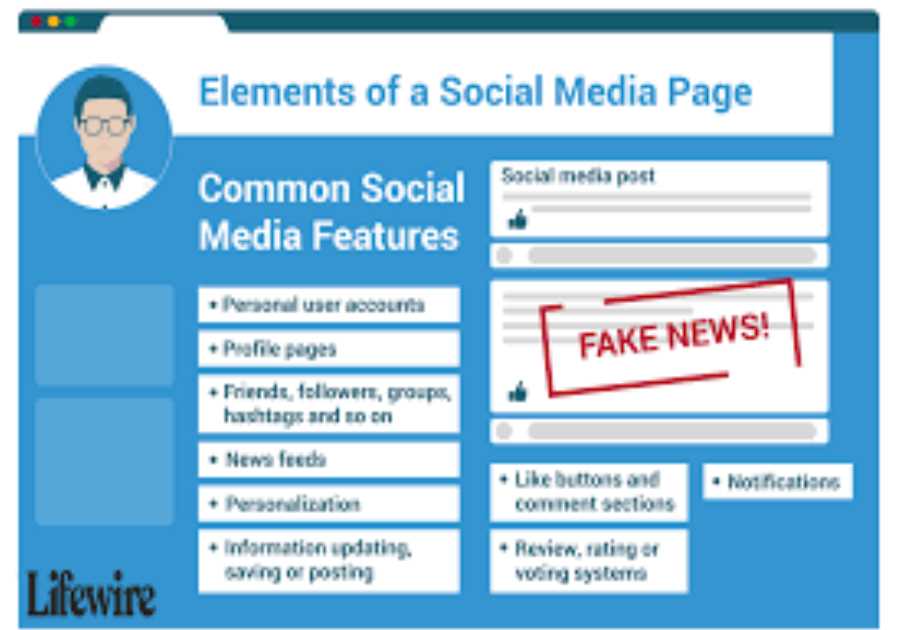
More Than Just the Loan Amount
Borrowing money often feels like a simple transaction — you take out a loan, repay it over time, and move on. But beneath the surface, borrowing carries a real price tag that many people underestimate. It’s not just about the principal amount you borrow. The true cost includes interest, fees, and the opportunity costs that can shape your financial future for years.
Understanding what you’re really paying for can make the difference between smart borrowing and long-term financial strain. When debt becomes overwhelming or unclear, structured plans like personal finance debt relief can help bring clarity and control back into the picture. But ideally, the best way to handle debt is to understand it fully before taking it on — and that starts with knowing its real cost.
The Hidden Layers of Borrowing Costs
Most people look only at the principal and the interest rate when taking out a loan, but those are just the visible parts of a larger financial equation. The true cost of borrowing includes several less obvious elements, such as processing fees, origination charges, late payment penalties, and even prepayment penalties in some cases.
Take credit cards, for example. The advertised rate might seem reasonable, but when combined with compounding interest, annual fees, and potential late charges, the total cost can grow rapidly. Similarly, a personal loan with a low interest rate might come with a hefty origination fee that increases your total repayment amount.
When you add all these factors together — principal, interest, and fees — the amount you repay can be significantly higher than what you initially borrowed. The key is to look beyond the surface and calculate the annual percentage rate (APR), which reflects the true yearly cost of the loan, including fees and interest.
Why Interest is Only Part of the Story
Interest rates often dominate conversations about borrowing, but they’re only one piece of the puzzle. The structure of how that interest is applied matters just as much. For instance, compound interest — where interest is calculated on both the original amount and accumulated interest — can make debts grow faster than expected if not managed properly.
This is especially true with credit cards or payday loans, where rates can climb rapidly if balances aren’t paid off in full each month. Even small interest differences can have a major impact over time. A loan at 8% interest may not sound much worse than one at 6%, but over a 10-year repayment period, that small difference could add up to thousands of extra dollars in payments.
Understanding the mechanics of interest can help borrowers make smarter choices, such as prioritizing early repayments on high-interest debt or refinancing when better rates become available. Tools like the loan calculator provided by the Consumer Financial Protection Bureau can help estimate the long-term costs of different borrowing options.
Fees: The Silent Budget Busters
Fees are often buried in the fine print, but they can quietly inflate your borrowing costs. Common examples include:
Origination fees: A one-time charge to process your loan.Late payment fees: Penalties for missing or delaying payments.Prepayment penalties: Fees for paying off a loan early, designed to compensate the lender for lost interest income.Maintenance or account fees: Charges for keeping an account active, often found in credit cards or personal lines of credit.These costs might seem minor on their own, but they add up quickly, especially if your loan term is long. Always ask for a breakdown of all potential fees before signing any loan agreement. Transparency is key to understanding what you’re truly committing to.
The Psychological Cost of Borrowing
While the financial math is important, the emotional and psychological toll of debt is often underestimated. Carrying debt can lead to stress, anxiety, and decision fatigue, especially when payments become difficult to manage. The uncertainty of fluctuating interest rates or unexpected fees can cause ongoing tension that impacts daily life.
By planning ahead and understanding the complete cost of borrowing, you not only protect your finances but also your peace of mind. Making informed choices — rather than reactive ones — helps you stay in control and reduces the emotional strain that comes with money worries.
Smart Borrowing Starts with Clarity
Borrowing isn’t inherently bad. It can open doors to education, homeownership, or business opportunities that might otherwise be out of reach. The issue lies in borrowing without understanding the total financial picture. Smart borrowing means asking questions like:
What is the total cost of this loan, including interest and fees?How will this debt fit into my overall financial plan?Do I have a plan for paying it off early, and are there penalties for doing so?How much flexibility do I have if my financial situation changes?Creating a repayment plan before borrowing ensures you stay prepared for the long run. For individuals struggling to balance multiple debts, exploring structured repayment programs or consolidation plans can simplify management and potentially reduce overall costs.
Using Tools to Stay Financially Aware
Modern technology makes it easier than ever to stay informed about borrowing. Online loan calculators, financial management apps, and budgeting platforms can help visualize how different loan terms affect total repayment. They can also reveal how even small increases in monthly payments can dramatically reduce total interest paid over time.
For instance, paying just $50 more per month on a long-term loan can shave years off repayment and save thousands in interest. Awareness, paired with consistent effort, creates financial freedom faster than any shortcut.
The Federal Trade Commission also offers valuable educational resources to help consumers understand their borrowing rights and identify potential predatory lending practices. Staying informed protects you from unnecessary fees and unfair terms that can inflate your costs.
The Real Price Tag: Control and Confidence
At the end of the day, the real price tag of borrowing isn’t just the money you pay — it’s also the level of control you maintain. When you borrow with full awareness of costs and a solid plan for repayment, you’re not just managing debt — you’re managing your financial future.
Understanding how principal, interest, and fees interact helps you make better long-term choices. Instead of letting borrowing become a trap, it becomes a tool — one that works for you rather than against you.
Borrowing should always serve your goals, not hinder them. When you look beyond the monthly payment and understand the true cost, you gain both financial clarity and confidence — and that’s worth far more than the loan itself.
The post The Real Price Tag Behind Borrowing appeared first on Social Media Explorer.
Did you miss our previous article...
https://socialmediaamplification.com/social-media-analysis/dan-herbatschek-los-angeles-the-fusion-of-mathematics-philosophy-and-technology






